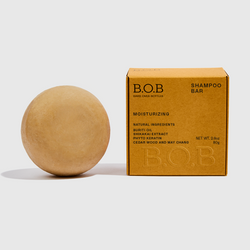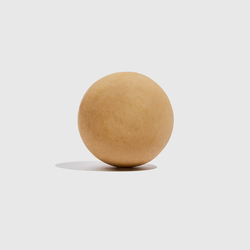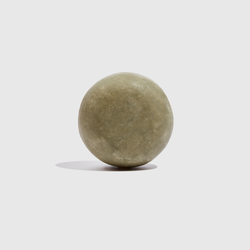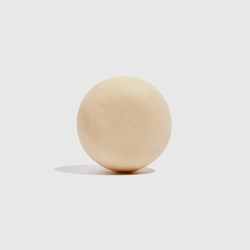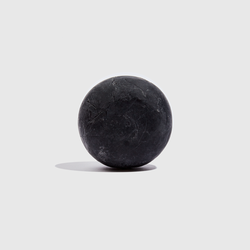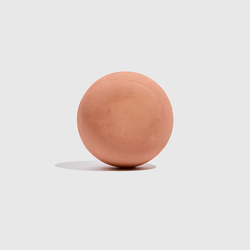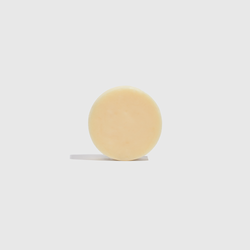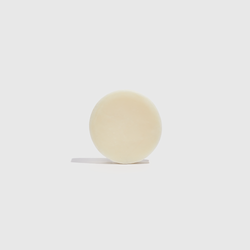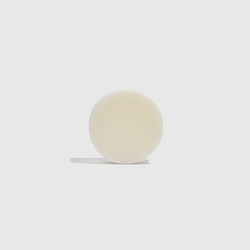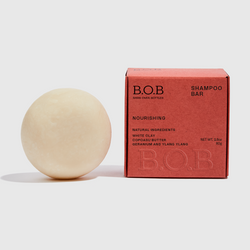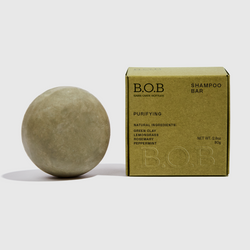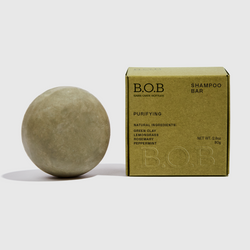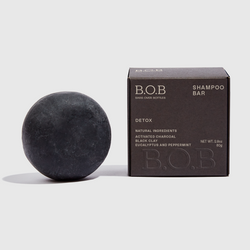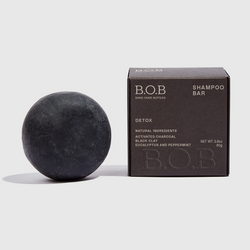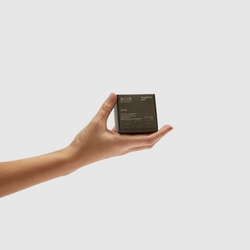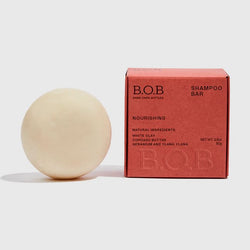World Water Day: Why saving water is important
World Water Day, a date created by the UN, serves as a reminder that saving water is crucial for life on the planet as we know it.
Everything is water. It’s everywhere: in everything you see, everything you touch, eat or use in your daily life.
For example, you’re 60% water. Did you know that? Our planet is also 70% water, and other animals and plants are also made up, on average, of 65% water.
It’s safe to say by now that you really can't talk about life without talking about water. That's why in 1993 the UN created the World Water Day: a date that intends to make governments, companies, and people aware of the crucial role of this precious resource for the survival of the human species on Earth.
If it was necessary to create a special date for this, it's a sign that we were – or still are – using this valuable natural resource irrationally and in excess. Right?
INDEX
- Why water is important
- Fresh water vs. Drinking water
- Is there enough for everyone?
- A sea of problems
- Global warming and drying out
- What is the water footprint?
- How to save water
WHY WATER IS IMPORTANT
The numbers and statistics we talked about at the beginning of this article may give the false impression that water is an abundant and infinite resource on our planet. However, nothing could be further from the truth.
It’s important to understand that yes, there’s a lot of water on our planet and around us, but there are different types of water, and each type is important for a specific reason.
The water that covers most of the Earth is in the oceans: approximately 97.5% of the entire volume of water on the planet is saltwater. But if you’ve ever taken a good gulp of seawater, you know that it won’t quench your thirst. That leaves us with 2.5% of fresh water circulating on the planet. Most of it is found in the poles and glaciers. Another part is underground, in aquifers and wells, and only 0.03% of all the water in the lakes, rivers and other bodies of water is available to meet human needs. Yup!
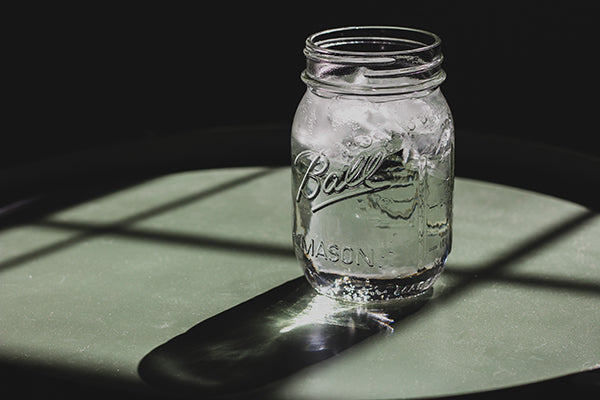
FRESH WATER VS. DRINKING WATER
Of this 0,03% of fresh water, only part of it can be called drinking water, which is water that can be consumed by people and animals without causing health risks, as well be used to prepare food.
Fresh water is still used in many of life's basic activities, such as animal farming, agriculture, or other industries. It’s also the water that flows through our cities, that is used in our homes for cleaning, bathing, and other activities, and in our sanitation systems.
So, we realize that fresh water is an extremely useful but very rare resource. It’s a finite resource, only a fraction of it is drinkable, and to complicate things even more, the number of people on Earth is only increasing.
IS THERE ENOUGH FOR EVERYONE?
Drinking water does not reach the 7 billion inhabitants of our planet equally. In fact, it's quite the opposite: the distribution is very unbalanced due to several factors.
One of them is natural: there are regions in the world with abundant water resources – Brazil is one of them, concentrating about 12% of all fresh water on the planet – and others with scarce water resources. Another reason is economic and technological: without resources to capture, treat, and distribute water, many countries suffer from water shortages. Check out the figures of this inequality:
- According to the UN, more than 2 billion people in the world don’t have access to drinking water in sufficient quantity for their basic needs. That's a lot of people without good quality water.
- Because of this, the WHO estimates that more than 80% of the world's diseases result from drinking contaminated water, with more than 25 different types of associated diseases that kill 3.5 million people every year – more deaths than are caused by all forms of violence, including wars.
- The availability of drinking water in the sub-Saharan African region is 24%, while in Europe it’s 94%.
- Studies show that, on average, people living in areas with water stress must travel 6 kilometers to get water for their daily use.
And if on one hand the advent of new technologies and advances in science point in the direction of better distribution (offering desalination processes for salt water and even generating water extracted from the air's humidity), on the other hand, we continue contaminating and destroying the main sources of water that could help improve this situation, such as rivers and lakes.
The incorrect handling of springs and rivers, which suffer from pollution and garbage dumping, untreated sewage, and industrial waste along their seabeds, certainly doesn't help much.

A SEA OF PROBLEMS
When it comes to salt water, the situation also isn’t ideal. It's worth remembering that oceans are a crucial ecosystem on the planet: for example, they’re the actual lungs of the planet, responsible for more than half of the oxygen we breathe. But the same neglect that occurs with our fresh water sources also occurs with salt water.
The state of the oceans is considered critical: besides receiving increasing amounts of sewage, industrial waste, garbage, leaks from cargo ships, and agricultural fertilizers from the rivers, their water is also becoming more and more "plasticized" due to the increasing amount of plastic pollution.
The numbers are staggering. There are about 150 million tons of plastic in the oceans today, and every year 8 to 13 million tons are added to that number. Plastic has been found in all ocean bottoms and in all forms: from large objects to invisible microplastics, tiny particles that seem to be contaminating virtually the entire planet – including the human organism itself.
Countless animals and seabirds end up becoming victims of all this pollution in the oceans: either by choking on plastic items that they mistake for food, or by the contamination from the pollutants discarded into the ocean.
GLOBAL WARMING AND DRYING OUT
In addition, the global warming process that the planet is facing aggravates the problem: the rise in temperature is expected to decrease the supply of drinking water since it can affect the water cycle. With higher temperatures, water evaporation increases, which modifies soil moisture and water runoff, changing the rainfall regime – this, in turn, leads to more intense and longer droughts. The whole situation impacts the availability of water for consumption.
Another point that must be taken into consideration is the gradual decrease in the amount of snow and ice on the mountains and even at the poles. Some regions, such as the Andes and the Himalayas, depend on rivers and lakes that are supplied by melting snow stored in the mountains during the winter. Without this snow, water availability suffers.
WATER FOOTPRINT
As we've seen already, water is not only essential for life on the planet, but also a crucial part of several important activities that permeate our daily lives: it irrigates crops, feeds animals, turns turbines in hydroelectric power plants, and is inside many other productive processes that are part of our routines, and of which, most of the time, we aren't even aware.
This is called the "water footprint" or "virtual water": it's the total amount of water involved in the production of something or in a particular activity we carry out. Unlike the water we use and see in our daily routines (showering, brushing our teeth, cooking, cleaning the house), much of this water used in other activities is “invisible” – we have little knowledge and control over its use and consumption.
Many industries and productive sectors are striving to reduce their water footprint, but they still consume massive amounts of water. Agriculture alone is responsible for 70% of global water consumption.
Knowing more about how water is part of everything we buy, eat, and do is key to raising our awareness about its importance.
Below is the water footprint – the water consumed in the production and/or use – of various foods and products that are part of our routine. Get ready to see a little better how water impacts everything around us!
- 1 cellular phone – 13 thousand liters
- 1kg of rice – 2.5 thousand liters
- 1 kg of butter – 5.5 thousand liters
- 1 car – 400 thousand liters
- 1 kg of beef – 15.5 thousand liters
- 1 computer – 20 thousand liters
- 1 cup of coffee – 140 liters
- 15-minute shower – 240 liters
- 1 pair of shoes – 8 thousand liters
- 1 glass of beer – 75 liters
- 1 cotton t-shirt – 2.7 thousand liters
- 1 hamburger – 2,4 thousand liters
- Washing your hands – 5 liters
Sources: WWF, Exame, FSP, Water Footprint Network
HOW TO SAVE WATER
All this water consumption that you don't see has a huge impact on the handling of this precious resource. In some cases, it’s very clear how to make a more rational use of it: just save it, avoid waste, and use it with more awareness. See these simple examples offered by the Akatu Institute:
- Turn off the faucet while you brush your teeth. If 10 million Americans brush their teeth 3 times a day with the faucet turned off, for 1 month, using only a glass of water for rinsing, we could save the equivalent to one hour of water volume that cascades from the Iguazu Falls.

- Turn off the faucet while you shave. If American men reduce to 1 minute the amount of time they spend shaving with the faucet on for a month, more than 29 billion liters of water will be saved, which is equivalent to the volume of more than 11,700 Olympic-sized swimming pools! Imagine if they shaved with the faucet off? 😜
- Wash your jeans every 15 days. Washing a pair of jeans every week in a conventional washing machine can consume 958 liters of water in one year. If Americans washed their jeans only every other week, we would save enough water to fill an entire stadium 60 times over.
- Pee in the shower! The simple act of peeing in the shower replaces flushing the toilet. If every American that has a shower at home peed in the shower every day for a week, they'd save 6.2 billion liters of water, the equivalent to the Rodrigo de Freitas Lagoon in Rio de Janeiro.
But besides eliminating waste and using water more consciously in your daily life, you can also take action to save the "invisible water" that is consumed in all those productive processes we've been talking about. You know how? Through your consumption choices! Here are some examples:
- Give up red meat. Imagine that a group of 30 friends has a BBQ every month: by replacing a little more than half of the beef with chicken, in one year, you’ll avoid the consumption of 1 million liters of water – enough to provide for a family of four for seven years!
- Old jeans never go out of style. Not buying a new pair of jeans saves enough water to cover the residential water consumption (washing dishes, bathing, drinking, cooking, etc.) of one person for more than three months!
- Change to solids. By replacing your liquid cosmetics (shampoos, conditioners, etc.) for solid, bar versions, you avoid the consuming the water that makes up these products – more than 80% of these cosmetics are purely water – and, on top of that, you avoid the use and disposal of plastic packaging that pollutes nature and causes so much damage to the environment.

Do you realize that we need to take very good care of the water that allows us to live in good health and well-being? And that our consumption of this precious resource goes far beyond what we imagine?
And hopefully you also realize that it's not so hard to make small changes in our lifestyles and start saving water in our own homes and through our individual choices. In other words, we can – and should – do our part!
See how change is within your reach? Drop by drop, we can save a sea of water and protect the future of the planet and of future generations. Leave your comments and tell us what you do in your everyday life to save our planet’s water!



